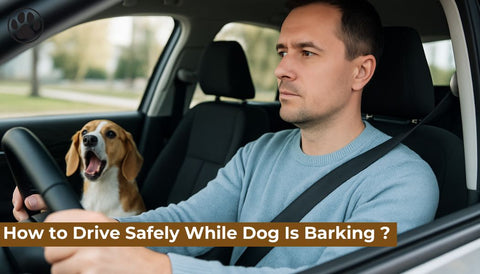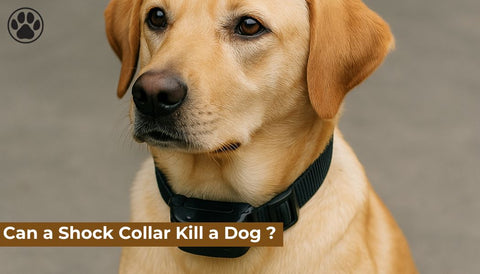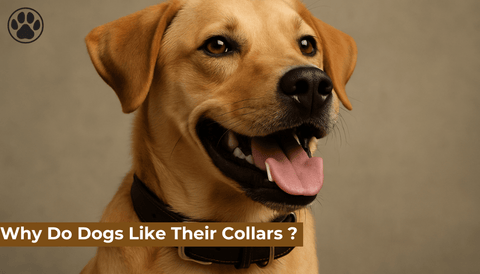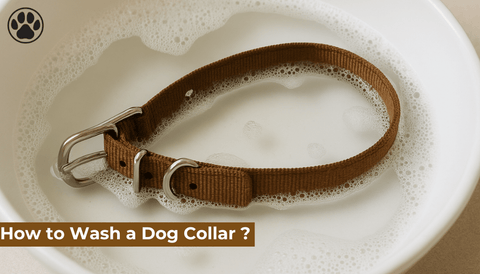
Why Do Dogs Roll in the Grass?
of reading - words
Have you ever taken your dog for a walk only to see them suddenly drop to the ground and start rolling in the grass? This seemingly odd behavior is common among dogs, but many pet owners wonder why their furry friends do it. Is it instinctive? Does it have a purpose? In this article, we will explore the possible reasons why dogs roll in the grass, what it means, and whether you should be concerned.
The Instinctual Reasons Behind Grass Rolling
1. Masking Their Scent
One of the most widely accepted theories is that dogs roll in the grass to mask their scent. This behavior is believed to be inherited from their wild ancestors, such as wolves, who roll in strong-smelling substances to disguise their presence from prey or competitors.
Wild canines, including wolves and foxes, use scent rolling as a way to blend into their environment, making it easier to hunt without being detected. This instinctual behavior has likely carried over to domesticated dogs, even though they no longer need to hunt for food.
2. Marking Territory and Communication
Dogs use scent as a primary means of communication with other animals. Rolling in the grass could be a way for dogs to leave their own scent behind, marking their territory and signaling their presence to other dogs.
This behavior can also work in the opposite direction: Dogs may roll in certain scents to pick up information about other animals that have been in the area. By rolling in a specific scent, they may be gathering details about another dog, an animal, or even a potential mate.
Sensory and Physical Benefits
3. Scratching an Itch
Sometimes, rolling in the grass is simply a way for dogs to scratch an itch. If your dog is feeling itchy due to dry skin, allergies, or parasites, rolling on a grassy surface may provide temporary relief.
However, if your dog frequently rolls in the grass and exhibits excessive itching, licking, or skin irritation, it might be a sign of allergies, fleas, or an underlying skin condition that requires veterinary attention.
4. Enjoying the Sensation
Dogs experience the world through their senses, and rolling in grass may just feel good to them. The coolness of the grass, the texture on their fur, and the refreshing feeling of movement could make rolling an enjoyable activity.
Behavioral and Emotional Reasons
5. Expressing Happiness
Dogs often roll in the grass when they are feeling happy and relaxed. This is especially common after a good walk, a fun play session, or when they’re simply enjoying the outdoors. Rolling can be an expression of joy and contentment.
6. Seeking Attention
Some dogs learn that rolling in the grass gets a reaction from their owners. If you laugh, call their name, or interact with them when they roll, they may continue doing it as a way to seek attention and engage with you.
7. Boredom or Excess Energy
Dogs with high energy levels may roll in the grass as a way to entertain themselves. If your dog rolls excessively, it could be a sign that they need more exercise, mental stimulation, or interactive playtime.
When to Be Concerned About Grass Rolling
While rolling in the grass is usually harmless, there are situations where it might indicate a problem.
8. Rolling in Unpleasant or Dangerous Substances
Some dogs are attracted to strong, foul-smelling substances, including animal carcasses, feces, and other decaying matter. If your dog repeatedly seeks out and rolls in such materials, you may need to supervise them more closely during walks and training sessions.
9. Skin Irritations or Allergies
If rolling in the grass is accompanied by excessive scratching, red patches, or hair loss, it could indicate allergies, flea infestations, or other skin issues. Consulting a veterinarian is advisable in such cases.
10. Obsessive or Compulsive Behavior
While occasional rolling is normal, if your dog seems obsessed with rolling and does it excessively, it could indicate anxiety, stress, or obsessive-compulsive behavior. A vet or dog behaviorist can help assess and manage the issue.
How to Prevent Unwanted Rolling
-
Keep your dog on a leash in areas where rolling in foul substances is likely.
-
Redirect their attention with commands, toys, or treats.
-
Ensure they get enough exercise to reduce excess energy.
-
Monitor their skin health to rule out medical causes of excessive rolling.
Frequently Asked Questions (FAQ)
1. Why does my dog roll in the grass after a bath?
Some dogs roll in the grass after a bath because they want to get rid of the unfamiliar scent of shampoo and restore their natural smell.
2. Should I stop my dog from rolling in the grass?
If your dog is rolling in clean grass and isn’t picking up harmful substances, there’s usually no need to stop them. However, if they roll in unpleasant materials, intervention may be necessary.
3. Can grass rolling be a sign of illness?
Occasionally, excessive rolling can indicate skin irritations, allergies, or compulsive behavior. If you notice other symptoms like itching, hair loss, or distress, consult your veterinarian.
4. Do all dogs roll in the grass?
While many dogs enjoy rolling in the grass, not all dogs exhibit this behavior. Some breeds and individuals may have different preferences for play and exploration.
5. How can I prevent my dog from rolling in smelly substances?
Training your dog with strong recall commands, keeping them on a leash, and redirecting their attention with toys or treats can help prevent unwanted rolling.
Conclusion
Dogs roll in the grass for various reasons, from instinctual behaviors inherited from their ancestors to simple enjoyment and relaxation. While this behavior is usually harmless, pet owners should be mindful of excessive rolling, potential skin issues, or attraction to foul-smelling substances. Understanding why your dog rolls in the grass can help you manage the behavior and ensure their well-being while letting them enjoy their natural instincts.




